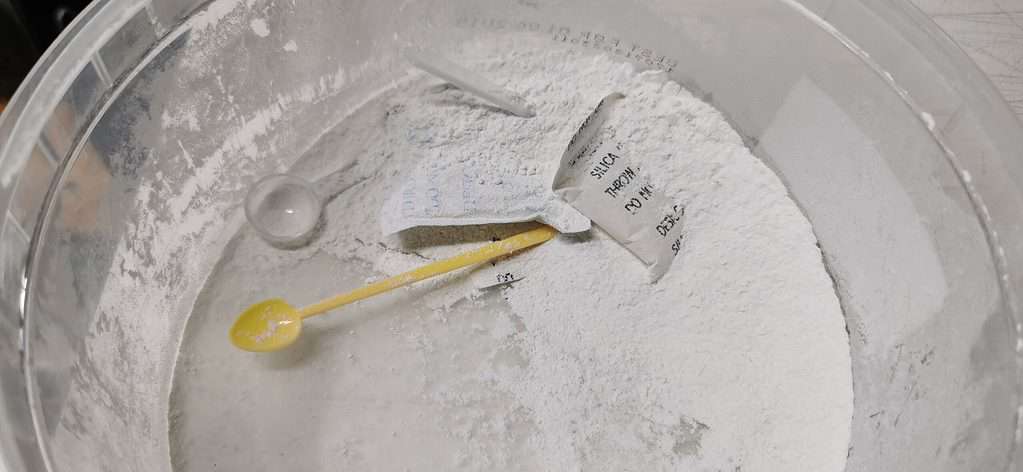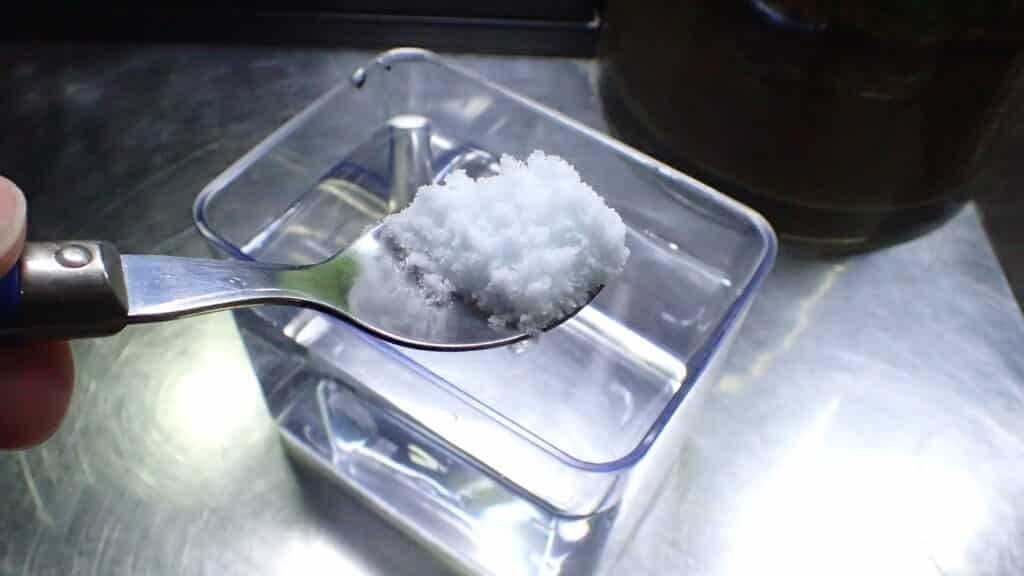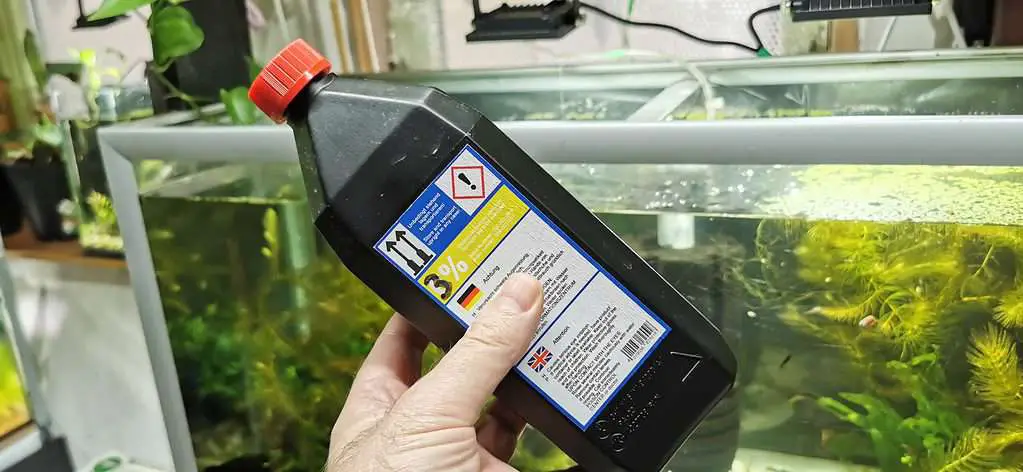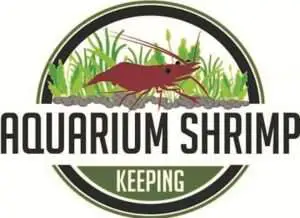Genchem No Planaria

My go-to method for removing Scutariella Japonica. This also works for Hydra.
What is it?
No Planaria is made from betel nut palm extract (Areca catechu), a plant native to Southeast Asia. It’s commonly used in aquarium treatments to eliminate planaria, hydra, and snails. The exact mechanism isn’t fully understood, but it’s toxic to these pests.
How I Dose No Planaria:
- Day 1: 0.2g per 40L of tank water
- Day 3: 0.2g per 40L of tank water
- Day 5: 0.2g per 40L of tank water
- Day 7: Small water change
- After 2 weeks: Add activated carbon to remove any leftover medication
Things to Consider:
Follow the dosing carefully. No Planaria can kill snails, so be aware before using it in your tank.
Salt Baths for Cherry Shrimp

Salt dipping is my preferred method over adding salt directly to the tank. Here’s how I do it:
- Fill a container with 1L of aquarium water.
- Add 1/2 teaspoon of aquarium salt and mix until fully dissolved.
- Catch the infected shrimp and place it in the saltwater for 3-5 minutes.
- Remove the shrimp and place it back in the tank.
- Remove any molts left behind.
Repeat This Process:
Scutariella Japonica has an egg stage that salt dips won’t kill. You need to repeat the process a few days later to ensure full eradication.
H2O2 (Hydrogen Peroxide) Treatment

Hydrogen peroxide (H2O2) is a strong oxidizer that can kill shrimp parasites without harming shrimp when dosed correctly.
How I Came Up With This Dosing:
I experimented with safe, low doses and monitored shrimp reactions. None died during my testing, proving this method works without harming them.
How to Dose:
Tank volume (in liters) ÷ H2O2 percentage = Dose in mL.
Examples:
- 120L tank with 3% H2O2 → 120 ÷ 3 = 30mL dose.
- 120L tank with 6% H2O2 → 120 ÷ 6 = 20mL dose.
- 120L tank with 12% H2O2 → 120 ÷ 12 = 10mL dose.
Important Notes:
- Get the math right. A wrong dose can kill shrimp.
- I didn’t invent H2O2 dosing in aquariums—I adapted it for shrimp tanks.
- Fish farms used H2O2 to kill lice on salmon before it was banned due to overdosing risks in open waters.
Why I Prefer Treating the Whole Tank
If you only treat infected shrimp outside the tank, you risk missing hidden parasites. Hydra, planaria, and Scutariella Japonica eggs can cling to plants, substrate, or snails. Treating the entire tank ensures full eradication and prevents reinfection.
Is Scutariella Japonica Dangerous to Shrimp?
There’s no direct proof that Scutariella Japonica kills shrimp, but I’d say it’s still harmful. The eggs attach to the shrimp’s gills, and that alone could cause damage.
Final Thoughts
Controlling Scutariella Japonica requires understanding what you’re doing—your shrimp’s lives depend on it. I only recommend treatments I’ve tested myself. Some methods, like fenbendazole, aren’t included because dosing varies by brand.
I hope this guide covers what you need. Let me know if you have questions!
